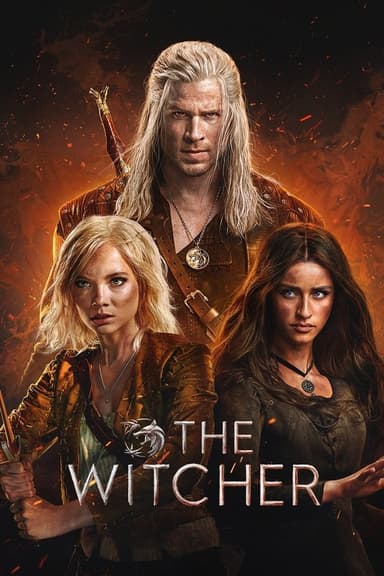
Dracula
2020 • Action & Adventure, Drama • TV-MA
Transylvania, 1897. The blood-drinking Count Dracula is drawing his plans against Victorian London. And be warned: the dead travel fast.
Why you should read the novel
Bram Stoker's Dracula remains one of the most influential and chilling novels of the Gothic horror tradition. The original book offers a complex epistolary structure, weaving journal entries, letters, and newspaper clippings to build an immersive, suspenseful reading experience difficult to replicate on screen. Within its pages, the enigmatic Count is more than just a monster; he is a psychological and moral threat to the Victorian society, raising profound questions about good, evil, desire, and the nature of fear.
Reading Dracula allows you to fully explore the nuanced personalities of characters like Mina Harker, Jonathan Harker, and Van Helsing, whose depth and development are often compressed or altered in adaptations. The slow build of tension, the gradual unraveling of mysteries, and the vivid descriptions of Transylvanian landscapes and Victorian London evoke a sense of place and dread that visual adaptations often bypass for pacing or dramatic effect.
By embracing the original work, you'll gain historical and literary context for why Dracula continues to inspire countless retellings. The novel’s themes of sexuality, superstition, and the clash between modernity and ancient evil resonate more richly in Stoker’s prose. Discovering Dracula in its original form invites you into the labyrinth of fear and fascination that has haunted readers for over a century.
Adaptation differences
The 2020 television adaptation of Dracula, created by Mark Gatiss and Steven Moffat, significantly diverges from Bram Stoker’s novel in tone, character, and narrative structure. While Stoker’s book painstakingly builds the legend of Dracula through multiple perspectives and subtle revelations, the series adopts a more direct, often self-aware approach, adding sardonic wit and contemporary sensibilities that are not present in the original text. The TV version often leans into black comedy and meta-commentary, which alters the atmospheric horror of the source material.
Characterizations also differ notably, particularly in how they handle gender and agency. The series reimagines Sister Agatha Van Helsing as a formidable adversary with a central role, whereas in the novel, Abraham Van Helsing is the older, male professor who guides the group against Dracula. Mina Harker’s characterization and importance are reinterpreted, shifting away from her central, heroic role in the novel. The Count himself is depicted with a more overtly human charm and modern dialogue, deviating from the sinister, mysterious presence in Stoker’s pages.
Another major departure is the narrative timeline. The series compresses and reworks the story into three episodes, including a leap into the 21st century for the final installment. This modern-day setting and the concept of Dracula adapting to new eras are inventions not found in the original, which is firmly rooted in Victorian England and 19th-century anxieties. Such changes drastically alter the impact of Dracula’s threat and diminish the historical context that is central to the novel’s atmosphere.
Finally, the adaptation’s exploration of Dracula’s vulnerabilities—especially around the recurring theme of why he fears sunlight and religious symbols—introduces psychological interpretations absent from the book. Stoker’s Dracula remains a largely inscrutable, supernatural figure, whereas the series tends to psychoanalyze and demystify the Count’s motivations, changing the tone of the story from enigmatic horror to speculative character study.
Dracula inspired from
Dracula
by Bram Stoker












